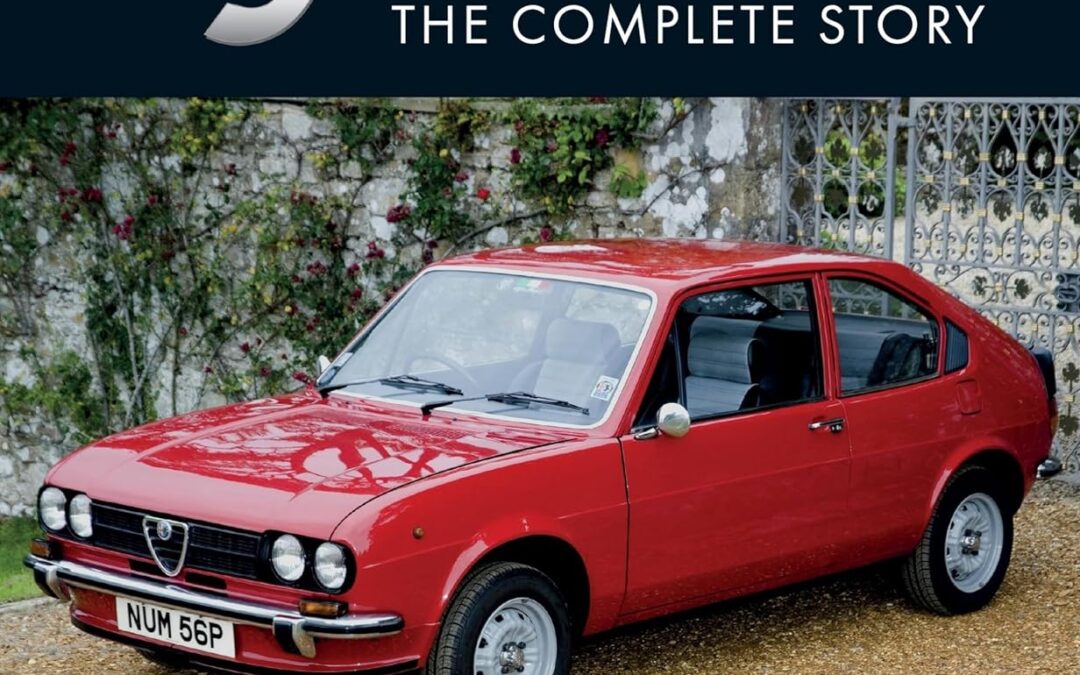
Launched in 1971, the Alfasud was an all-new departure for Alfa Romeo, both in its design and its execution. Originally it was developed with the dual intentions of launching the company into large-volume production and providing a more affordable model than their highly regarded sports cars. However, its story was far from straightforward. Although respected for its technically brilliant design and universally praised for its ride and handling, the model never quite reached its full sales potential and its reputation was marred by problems that could not have been foreseen. With over 240 photographs, this book includes: ·A brief history of Alfa Romeo to the end of the 1960s ·The development of the Alfasud’s design and the political reasons for building a new factory ·The car’s reception from both the press and owners ·The evolution of the model from initial prototypes, to the improvements to build quality and performance, including the Giardinetta and Sprint variations; ·Alfasuds in competition ·A discussion of the political and labour problems, as well as the early quality-control issues, and ·Specification tables, performance data, chassis numbers, engine codes and colour charts.
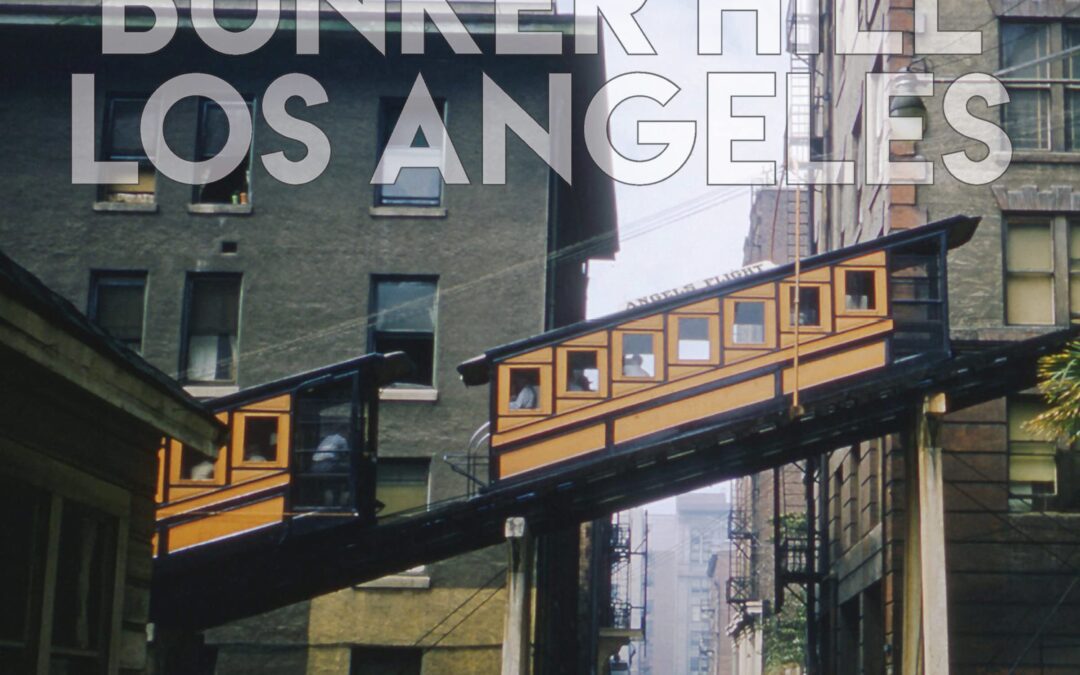
Bunker Hill is the highest point of downtown Los Angeles, both literally and figuratively. Its circle of life has created a continuous saga of change, each chapter rich with captivating characters, structures, and culture. In Bunker Hill Los Angeles: Essence of Sunshine and Noir, historian Nathan Marsak tells the story of the Hill, from the district’s inception in the mid-19th century to its present day. Once home to wealthy Angelenos living in LA’s “first suburb,” then the epicenter of the city’s shifting demographics and the shadow and vice of an urban underbelly, Bunker Hill survived its attempted erasure and burgeoned as a hub of arts, politics, business, and tourism.
As compelling as the story of the destruction of Bunker Hill is―with all the good intentions and bad results endemic to city politics―it was its people who made the Hill at once desirable and undesirable. Marsak commemorates the poets and writers, artists and activists, little guys and big guys, and of course, the many architects who built and rebuilt the community on the Hill―time after historic time.
Any fan of American architecture will treasure Marsak’s analysis of buildings that have crowned the Hill: the exuberance of Victorian shingle and spindlework, from Mission to Modern, from Queen Anne to Frank Gehry, Bunker Hill has been home to it all, the ever-changing built environment.
With more than 250 photographs―many in color―as well as maps and vintage ephemera to tell his dramatic visual story, Marsak lures us into Bunker Hill Los Angeles and shares its lost world, then guides us to its new one.
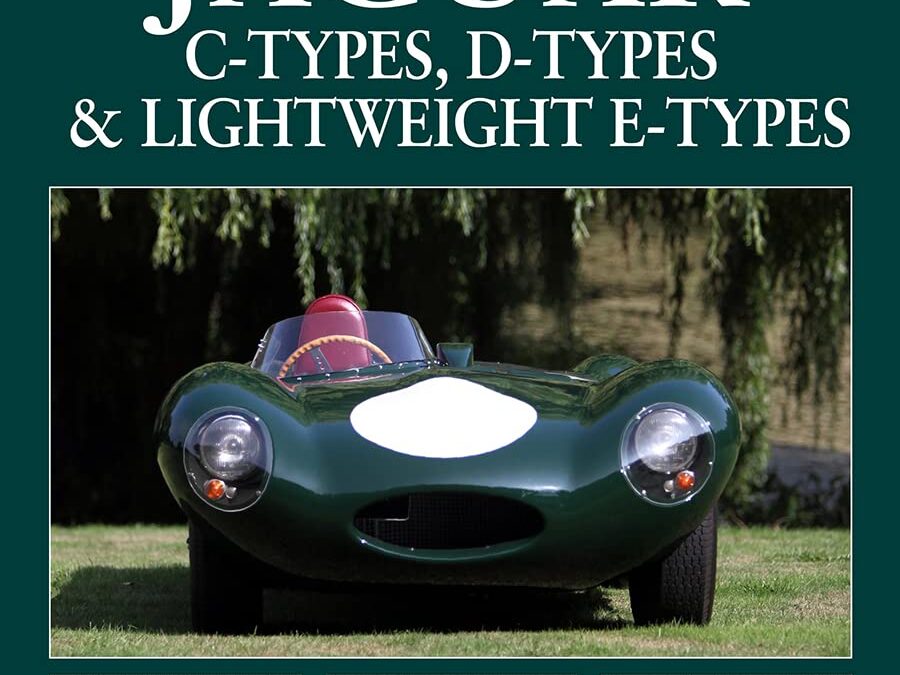
Expanded new edition
The first edition of the present book was published in 2014 and was quickly acclaimed as the bible of the classic Jaguar racers. This greatly expanded new edition runs to more than 400 pages and contains 500 illustrations. It brings the individual stories of over 150 cars up to date, and includes additional useful information and appendices. Today the name of Jaguar still ranks high in the pantheon of British cars that have won the Le Mans 24-hour race. A mere 20 years since the birth of their first car, Jaguar had become the leading high-performance car in Britain thanks to the revolutionary XK engine, and the XK120 was in its day the fastest production car in the world. While the company had begun to earn its spurs in motor racing, it was a bold step to build a new car with the specific intention of entering Le Mans, at the time the most famous motor race in the world. Remarkably, the new Jaguar C-type succeeded in winning at Le Mans on the first attempt. A further four Le Mans victories followed: in 1953 for the C-type again, and then three wins for D-types from 1955 to 1957, by which time the Jaguar works team had been withdrawn from racing. Private entries of Jaguar C- and D-types in other races continued for many years. The E-type was never as successful in racing, since it was conceived as a GT road car rather than a racer, but the small run of lightweight cars and other competition versions added further lustre to Jaguar’s reputation. C- and D-types were sold in some numbers to private owners on both sides of the Atlantic, many of whom obviously used them for racing, but unlike most later sports-racing cars they could still be used on the road. This was and remains one of their many attractions. Virtually all the cars have survived, and in recent times have seen a steady increase in value. This updated, enlarged and comprehensive new edition of the Register is a tribute to these glorious cars, to the people who were involved in their design and production, and to the drivers who campaigned them.
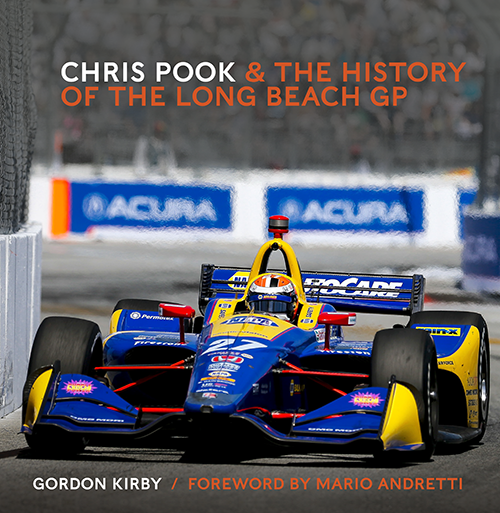
When Chris Pook declared his intention to run a Grand Prix race through the streets of Long Beach many people thought he was out of his mind. But with the powerful support of racing legend Dan Gurney, and many other enthusiast, Pook proved his doubters wrong as he built the most successful street race in American motor racing history. The race spawned extensive redevelopment of the city’s coastal downtown area as Pook’s crazy idea turned into a model for bringing racing to the people and using the surrounding event to rebuild a flagging community.
Forward by Mario Andretti

We have to recreate the enthusiasm that surrounded the SPORT models, ever a synonym for the Lancia Zagatos”: in 1991 this was the brief the recent graduate Andrea Zagato gave to Marco Pedracini, a young designer who had not long been hired by prestigious coachbuilder. It was out of this fortuitous and fortunate coming together of this far-sighted idea and the enthusiasm of Paul Koot, a Dutch fan and a businessman in the automotive sector, that an icon was born, the HYENA. A beautiful car, but one practically unknown to the general public. A car that could have repeated and even surpassed the commercial and sporting success of the Lancia Delta Integrale from which it was derived. Unfortunatley just 24 examples were produced due to the debateable decision taken by the Fiat/Lancia directors of the time. Following a rapid review of the evolution of the Lancia Delta over the year, this book, written by an enthusiastic collector, examines the difficult genesis of the Hyena, from the first steps with the publication of the very first (previously unpublished) sketches and numerous photos and then follows its development, engineering and production through to its presentation at the car shows and in brochures. The book is completed by a comprehensive technical section, with the project list and the spare parts catalogue as well as an extensive photographic portrait of one particular example, N. 20. Lastly, all 24 Lancia Hyenas are examined, with the intention of reconstructing their specifications, their destination and the country in which they are jealously conserved by the enthusiast and collectors who possess a precious example.
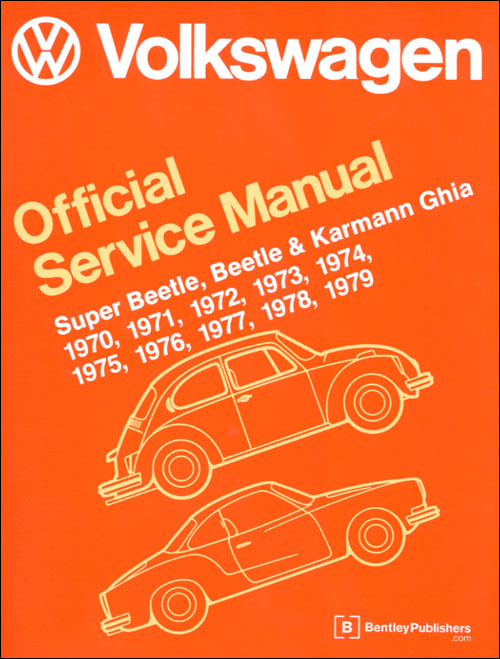
The Volkswagen Repair Manual: Super Beetle, Beetle and Karmann Ghia: 1970-1979 is a definitive reference source of technical automotive repair and maintenance information for the classic air-cooled Volkswagen Type 1 models.
The aim throughout has been simplicity, clarity and completeness, with practical explanations, step-by-step procedures, and accurate specifications.
Though the do-it-yourself Volkswagen owner will find this manual indispensable as a source of the same detailed maintenance and repair information available at an authorized Volkswagen dealer, the Volkswagen owner who has no intention of working on his or her car will find that reading and owning this manual will make it possible to discuss repairs more intelligently with a professional technician.
This Volkswagen Type I service manual covers Beetles, Super Beetles, VW Convertibles and Karmann Ghias for the model years 1970 through 1979. This manual was created specifically to cover air-cooled Volkswagen models built for sale in the United States and Canada.
Technical features:
- Tune-up and oil change: specifications and procedures for models, up through the latest 1979 cars.
- Troubleshooting, replacing or repairing electrical system components, including complete wiring diagrams.
- Troubleshooting and repair of the electronic fuel injection system used on 1975 and later models.
- Troubleshooting, repairing and rebuilding the clutch, manual transmission and Automatic Stick Shift.
- Rebuilding the carburetor – including the 1974 California-only carburetor.
- Rebuilding disc and drum brakes.
- Rebuilding the front axle and steering gearbox.
- Strut front suspension for the Super Beetle and Convertible-including the suspension modifications of 1974 through 1979 models, and the rack and pinion steering of 1975 and later models.
- Spark advance curves for distributors-including the latest types.
- Emission controls-including 1974 through 1979 exhaust gas recirculation systems.
- Tolerances, wear limits, settings and tightening torque specifications for every part of your car.









